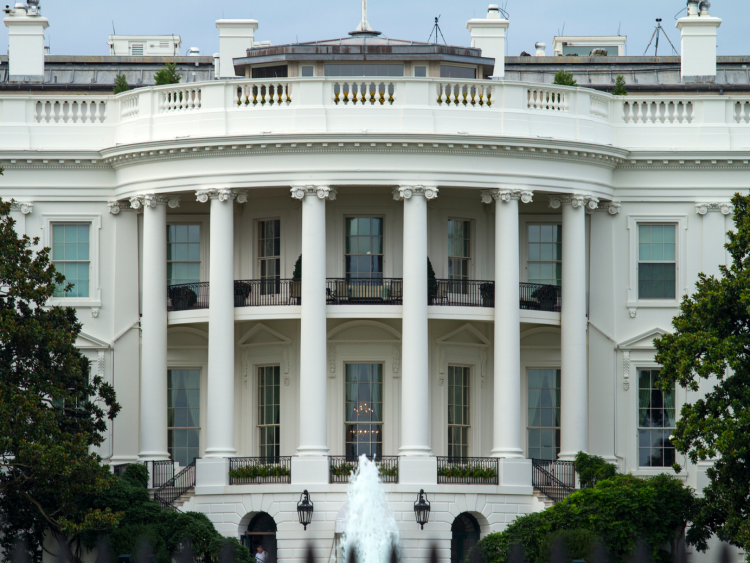Government/Policy

January 19, 2022
U.S., UK Begin Trade Talks on Section 232 Tariffs
Written by Michael Cowden
The United States and the United Kingdom have officially started talks that could ease Section 232 tariffs on steel and aluminum from Great Britain.
The discussions would also seek to end UK measures imposed against certain U.S. exports in retaliation for the 25% security tariffs on steel and 10% tariffs on aluminum, U.S. and UK trade officials said.
![]() “Both parties are committed to working towards an expeditious outcome that ensures the viability of steel and aluminum industries in both markets against the continuing shared challenge of global excess capacity and strengthens their democratic alliance,” they said in a joint statement on Wednesday, Jan. 19.
“Both parties are committed to working towards an expeditious outcome that ensures the viability of steel and aluminum industries in both markets against the continuing shared challenge of global excess capacity and strengthens their democratic alliance,” they said in a joint statement on Wednesday, Jan. 19.
The talks are aimed more broadly at reducing excess steel- and aluminum-making capacity, which both the U.S. and the UK said were driven largely by China. “The distortions that result from this excess capacity pose a serious threat to market-oriented steel and aluminum industries in the United States and the United Kingdom, and to the workers in those industries,” the U.S. and UK said.
The discussions – which were held virtually – involved U.S. Commerce Secretary Gina Raimondo, U.S. Trade Representative Katherine Tai and UK Secretary of State for International Trade Anne-Marie Trevelyan.
The development was not entirely unexpected. The U.S. and British governments said last month that the two sides aimed “to engage expeditiously in consultations on steel and aluminum.”
The talks with the UK come after the U.S. and the EU agreed to a tariff-rate quota (TRQ) in late October. The TRQ deal, which resulted in a soft quota instead of blanket 25% tariffs on European steel, went into effect at the beginning of this year.
Trade negotiations addressing Section 232 are also expected to be held with other U.S. allies, such as Japan.
The domestic steel industry wants to make sure that such trade deals, aimed at repairing frayed relations with some allies, don’t inadvertently lead to a big increase in imports.
One reason for that concern: The U.S. was licensed to import approximately 2.8 million metric tonnes of steel in December 2021, the last full month for which figures are available. That’s approximately double the 1.4 million tonnes that arrived in December 2020, according to Commerce Department figures.
“Given these substantial increases, we think it is essential that the administration ensures that the various new agreements it is considering do not result in a flood of imports that could undermine the goal of the Section 232 program to maintain a healthy domestic capacity utilization rate,” American Iron and Steel Institute President and CEO Kevin Dempsey said.
“We look forward to consulting closely with the Commerce Department and the U.S. Trade Representative as these talks take place,” he added.
But while overall imports are up, imports from the United Kingdom – which account for only a fraction of total U.S. imports – are down. Case in point: The UK shipped 14,442 tonnes to the U.S. in December 2021, a 22% decease from 18,434.6 tonnes in December 2020, per Commerce data.
By Michael Cowden, Michael@SteelMarketUpdate.com






